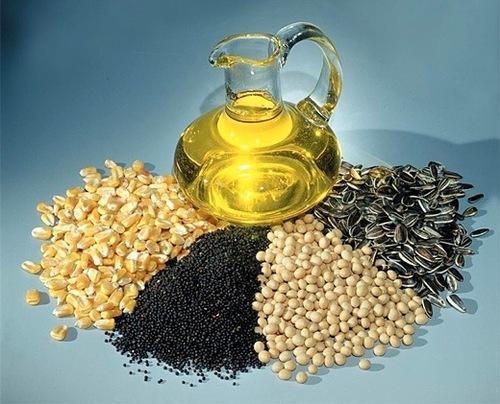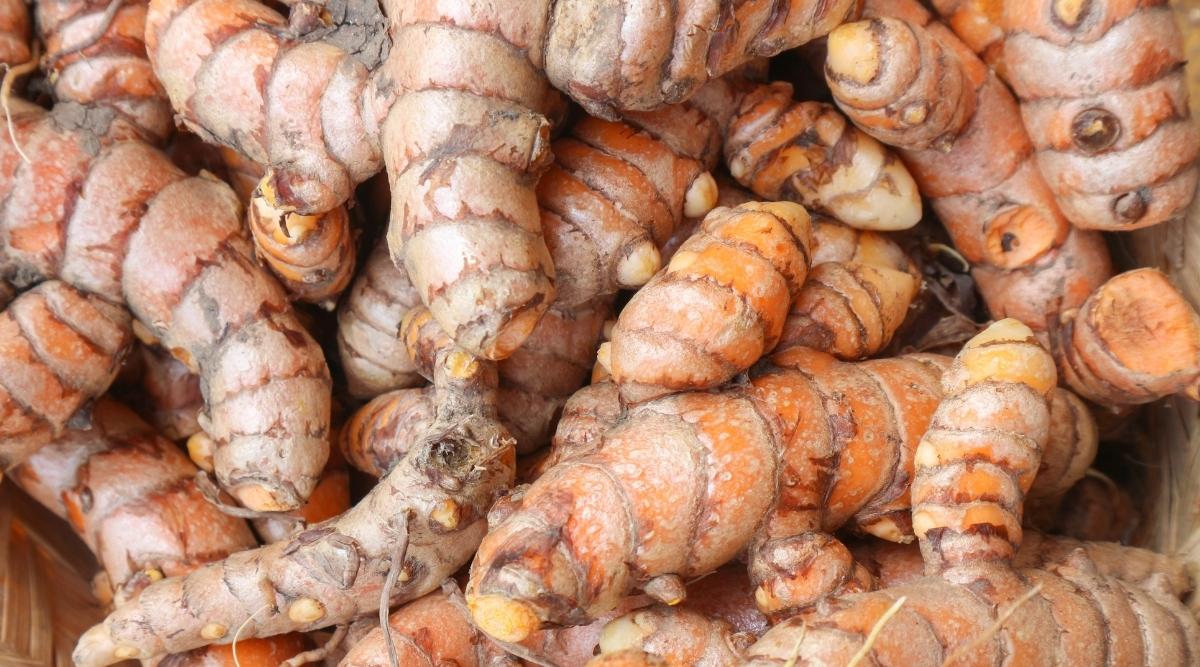The return of monsoon rains in portions of the important agricultural regions of Uttar Pradesh, Bihar, and West Bengal has caused a decrease in the paddy sowing imbalance over the past four weeks. The imbalance in paddy-sown regions has decreased to 4.9% compared to the same period last year, according to data issued by the agriculture ministry on Friday, while the decline was 12% for the week ended August 12.
West Bengal, the state that produces the most rice, saw a 9% decrease in area under paddy on Friday, compared to a 31% deficit four weeks earlier. Paddy sowing has been negatively impacted by a severe lack of monsoon rainfall compared to the benchmark in several important states, including Uttar Pradesh (-46%), Bihar (-36%), West Bengal (-18%), and Jharkhand (-27%) so far.
In Jharkhand, 0.39 mh in West Bengal, 0.24 mh in Uttar Pradesh, and 0.21 mh in Bihar, the amount of paddy land has decreased. Rice output for the 2022–23 crop year (July–June), which would decrease by 10–12 million tonnes (mt) less than the previous year’s record level of 130 mt, has been put at risk due to lower paddy seeding, according to food secretary Sudhanshu Pandey on Friday.
Paddy, pulses, oilseeds, cotton, and other Kharif crops had all been planted as of Friday, totaling 108.4 mh, a slight decrease of 0.9% from the 109.4 mh reported a year earlier. According to officials, most of the country’s Kharif seeding efforts have been finished.

